Can You Freeze Mushrooms? Here’s How To Get It Right
When you talk about food with all the nutritional benefits packed in one, mushrooms are top of the list. Mushrooms are a low-calorie food that contains many vital vitamins, antioxidants, and minerals.
I especially love mushrooms because they make a great addition to my diet and bring flavor to my meals. Being versatile, they can be included in many different recipes. While it may be considered a fungus to the scientist, its meaty texture and delicate taste are what it offers to the consumer. Like Thomas Carlyle says, mushrooms are genuinely the oldest work of art.
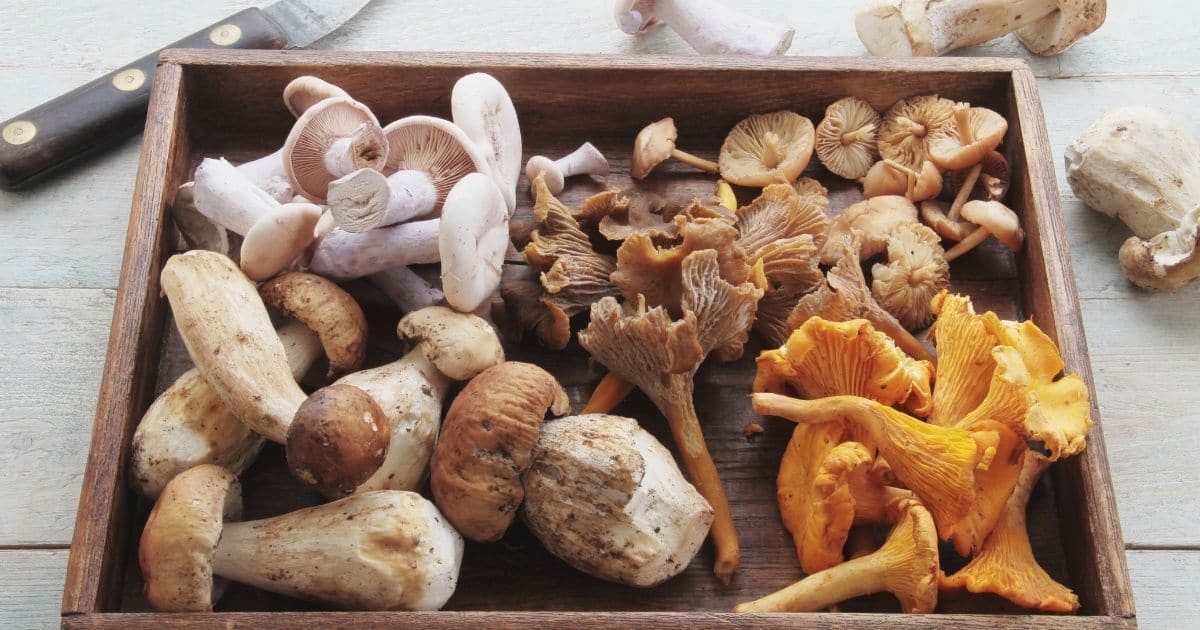
Beyond my love for mushrooms, Megan Ware on Medical News Today explains that mushrooms offer a wide range of benefits for everyone. Some of these include the following:
- Mushrooms provide health benefits because they contain minerals, vitamins, and antioxidants. Antioxidants eliminate free radicals in the body and prevent prostate, lung, breast, and other cancer types.
- Mushrooms contain potassium, vitamin C, and fiber, which improve cardiovascular health.
- They are a natural source of folate for pregnant women.
- They are rich in a wide range of B vitamins, which help the body get energy from red blood cells and food.
Can You Freeze Mushrooms?
Being mushroom lovers, we tend to stock up on mushrooms, especially when they are in season or a sale. Naturally, we want to take advantage of the discounted prices that are on offer. While mushrooms are great to include in our meals, unfortunately, they do not remain fresh for very long.
Can you freeze mushrooms? Yes, you absolutely can freeze mushrooms, but you need to understand the nitty-gritty of how to prepare your mushrooms for freezing and how to freeze them properly.
In subsequent sections, we will be examining all the critical aspects of freezing mushrooms and discussing extensively the proper way to freeze mushrooms to preserve their freshness and extend shelf-life.
Can You Freeze Cooked Mushrooms?
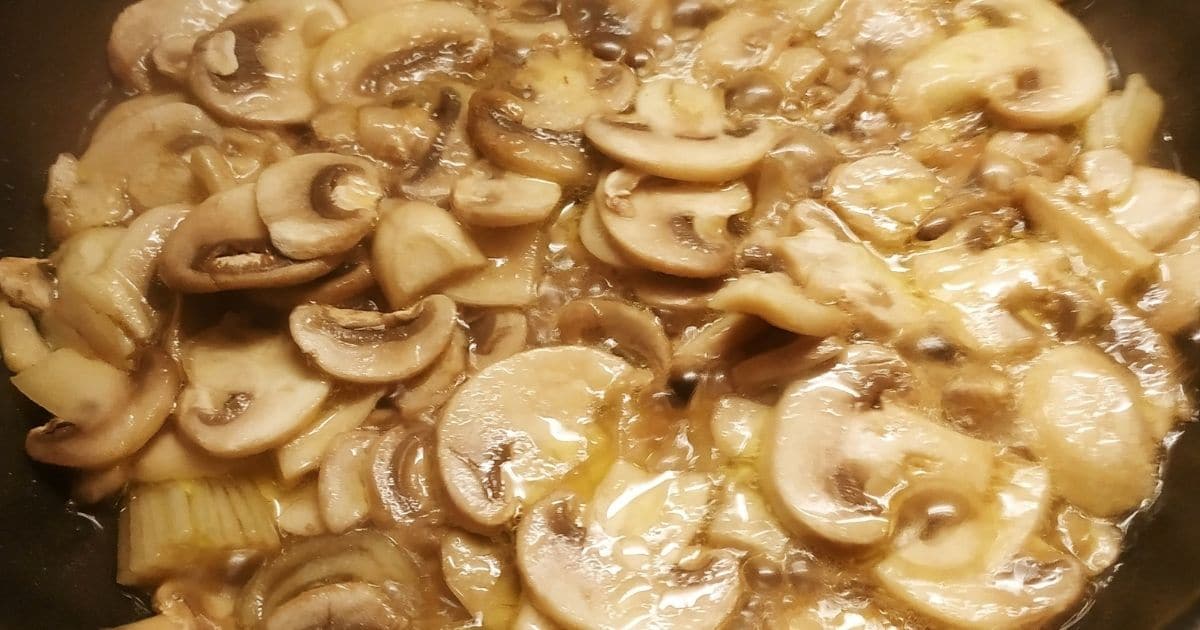
Yes, you can freeze cooked mushrooms. Freezing cooked mushrooms is preferable to freezing raw mushrooms. Raw mushrooms are high in water content, and as a result, the texture becomes mushy if frozen and thawed.
Putting the mushrooms through some pre-freezing and cooking methods will help the mushrooms retain texture, lose some of their water content and preserve freshness. Below are ways by which you can cook mushrooms in preparation for freezing.
Steaming
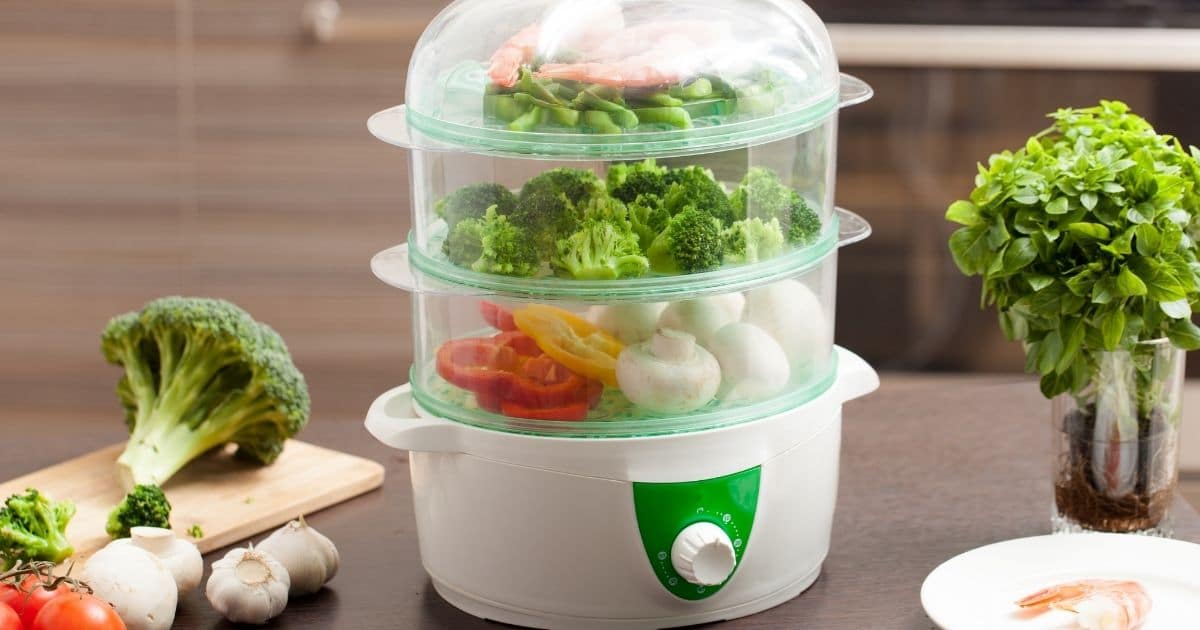
Steaming is a great way to preserve your mushrooms’ nutrients and inactivate the enzymes that make foods spoil quickly. Depending on the sizes of your mushrooms, the time needed to steam varies. To ensure uniformity, sort or cut your mushrooms into uniform sizes before steaming.
Steaming may also cause your mushrooms to discolor. To prevent this from happening, mix two cups of water with a teaspoon of lemon juice. Place your mushrooms in the mixture and leave them to sit for a maximum of 10 minutes and a minimum of five minutes.
To steam the mushrooms:
- Fill a pot with water and bring it to a boil.
- Fill a separate bowl with iced water.
- Once the water is at boiling point, put a steam basket inside the pot.
- Place the mushrooms in the steam basket and leave them to steam for approximately three minutes or five minutes maximum.
- Plunge the mushrooms into a bowl of iced water for the same time spent on steaming.
- Drain the water completely and put the steamed mushrooms into freezer-safe or airtight bags.
- Store them in the freezer, lying down.
Blanching
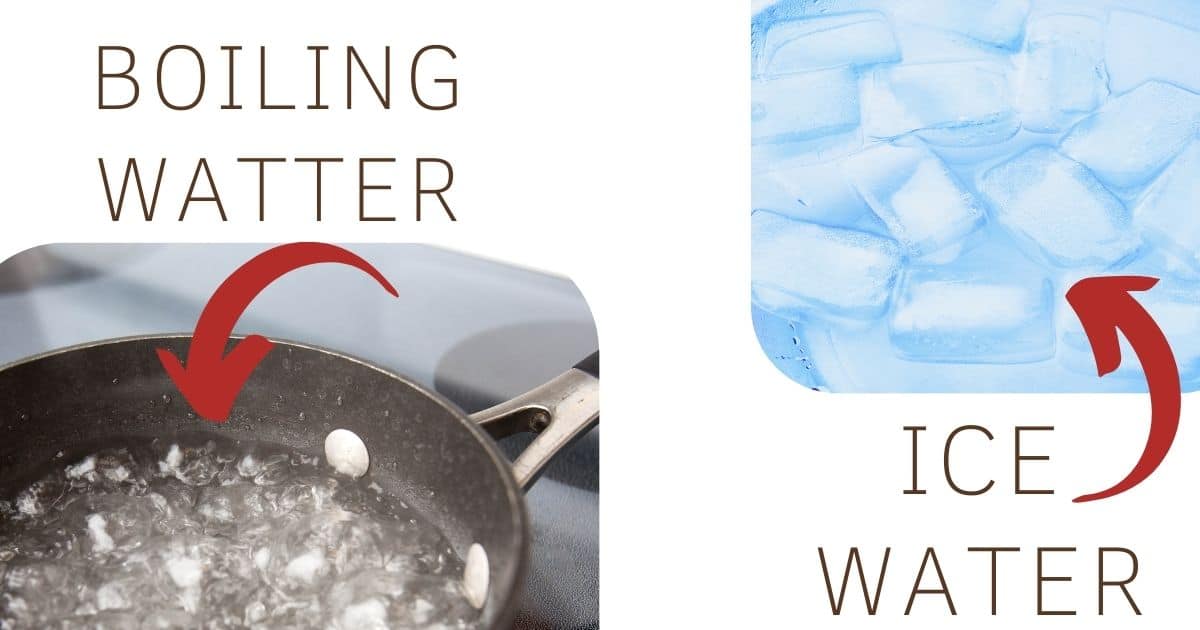
The difference between steaming and blanching mushrooms is that steaming does not involve dipping the mushrooms directly in boiling water. Before blanching, you also want to make sure the sizes of your mushrooms are uniform.
To blanch your mushrooms:
- Fill a pot with water and bring it to a boil.
- Fill a separate bowl with iced water.
- Put your mushrooms in the boiling water and leave for about four to five minutes for whole mushrooms. Boil diced or sliced mushrooms for about three minutes only.
- Transfer your mushrooms from the boiling water to the iced water bowl using a large strainer spoon.
- Leave the mushrooms to sit and cool for the same time spent on boiling.
- Drain the water completely and move the blanched mushrooms to a paper towel or clean kitchen towel for air drying.
- Put the blanched mushrooms into freezer-safe or airtight bags and place them in the freezer.
Sautéing
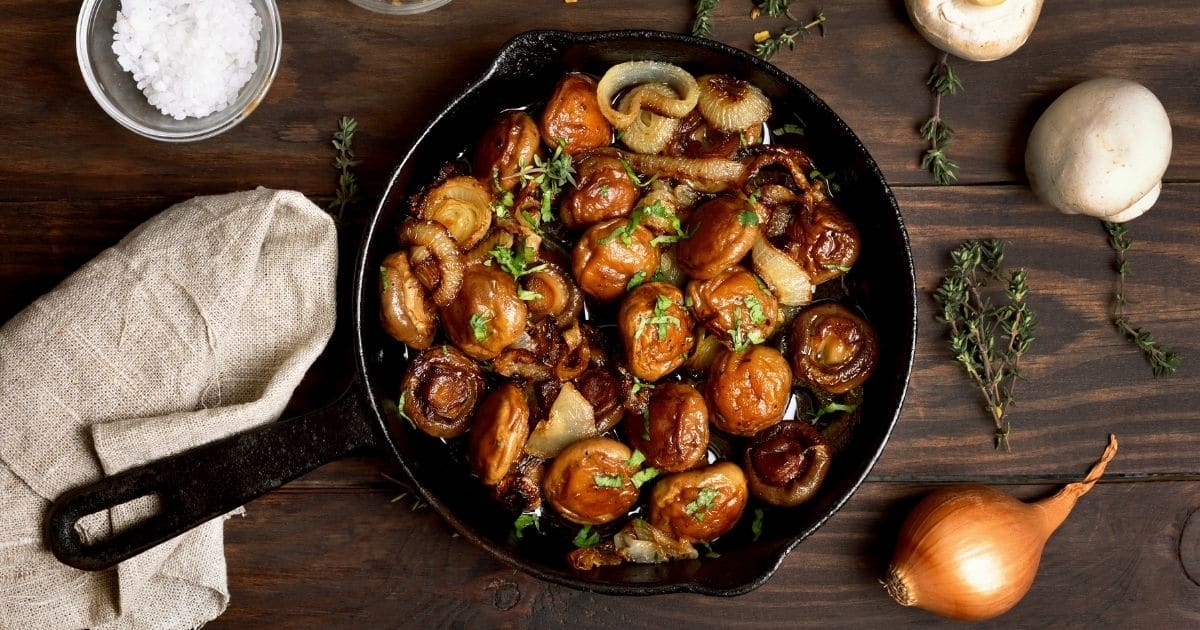
Sautéing mushrooms before freezing prevents the loss of beneficial vitamins and improves the plant compounds’ absorption.
Sautéing means cooking mushrooms in hot oil or butter before putting them in the freezer.
To sauté your mushrooms:
- Put fresh mushrooms in a skillet.
- Add a little butter or oil.
- Bring to cook on a medium to high heat.
- Cook the mushrooms for about five minutes or until almost cooked.
- Strain the mushrooms from the oil and put them on a plate or paper towel to cool down.
- Transfer to a freezer-safe bag or airtight container and place in the freezer.
Can Mushrooms Be Frozen Without Cooking?
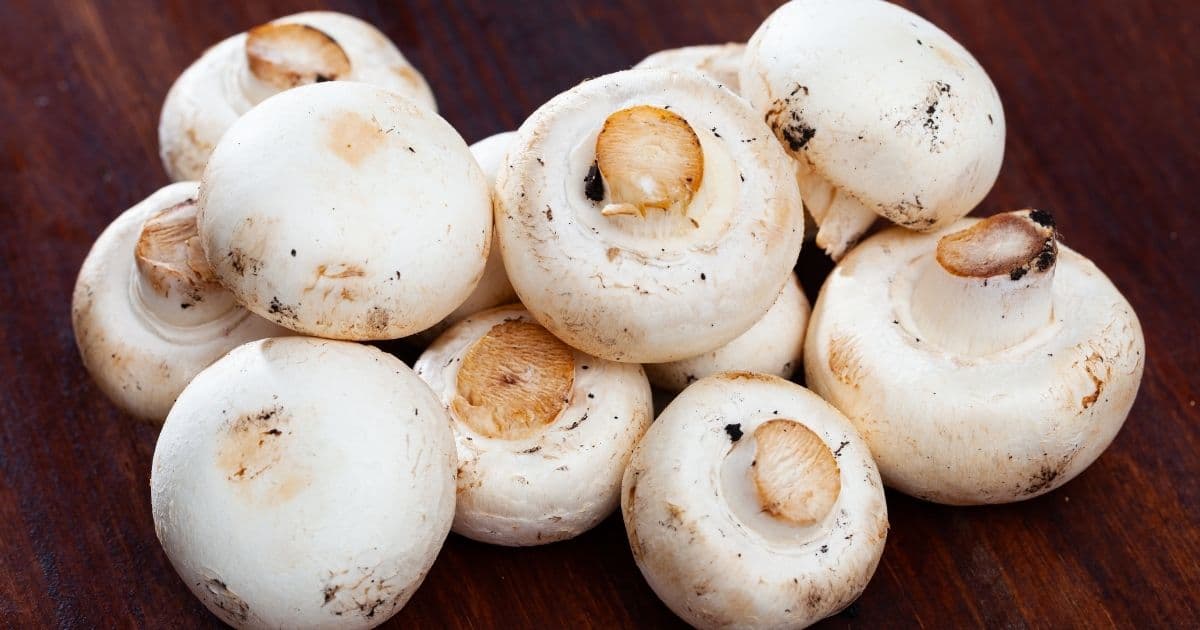
Yes, you can freeze raw or fresh mushrooms without cooking. However, you have to know that the texture becomes mushy after thawing due to the high water content found in most mushrooms. As a result, fresh frozen mushrooms work best in soups, stews and casseroles when melted.
Leda Meredith on TheSpruceEats.com explains that creminis, portobellos (matured creminis), and button mushrooms do well, whether frozen as cooked or raw mushrooms. Maitake and Hen-of-the Wood mushrooms also work great for freezing without cooking. Despite being very tasty, wild mushrooms contain a high moisture content. Hence, they become mushy when thawed.
To freeze mushrooms without cooking:
- Choose only the freshest mushrooms and leave out ones that look shriveled, have dark spots or unpleasant odors.
- Brush off any visible dirt and trim the stems.
- Dice the mushrooms or chop them into slices. The aim is to get cuts that are no thicker than a half-inch.
- Put the mushrooms on a large plate or cookie sheet. Ensure they do not overlap.
- Put in the freezer and flash freeze for two hours. This step is to get the water content to freeze up quickly for improved texture when needed and prevents the mushrooms from freezing together in a lump.
- Remove from the freezer and store the mushrooms in freezer bags or freezer-safe containers.
Can You Freeze Portobello Mushrooms?
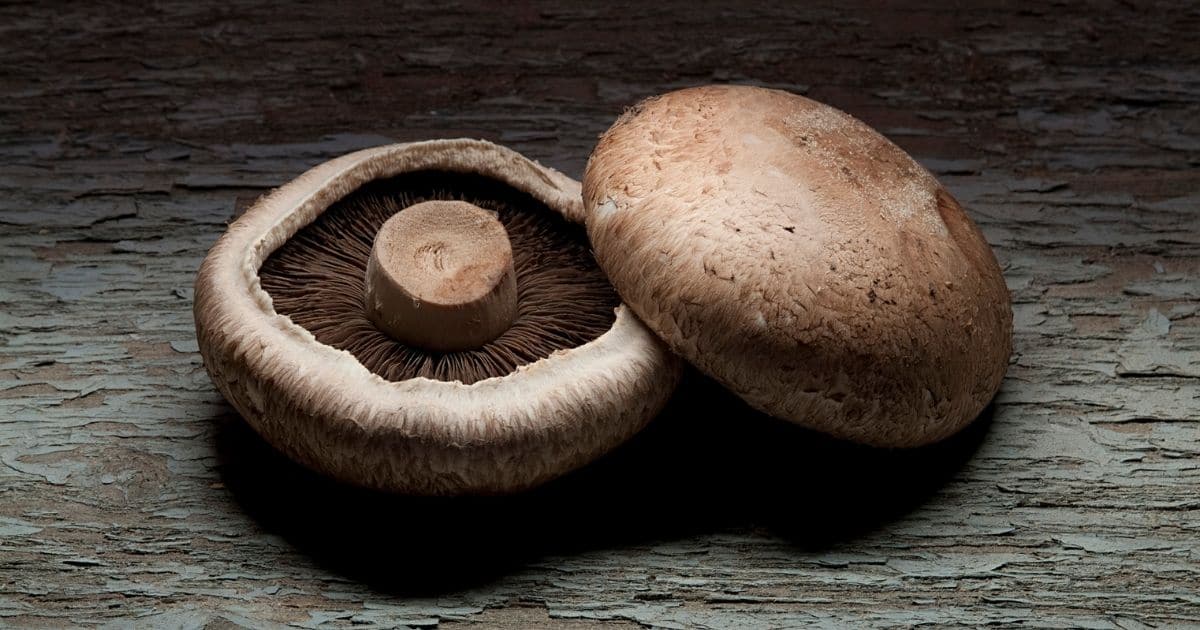
Yes, you can freeze Portobello mushrooms. Portobello mushrooms are matured, cremini mushrooms that have extended tops. You can either freeze them as fresh mushrooms or cook them before freezing. Note that frozen fresh Portobello mushrooms will experience a change in texture and feel mushy when thawed.
Can You Freeze Large Mushrooms?
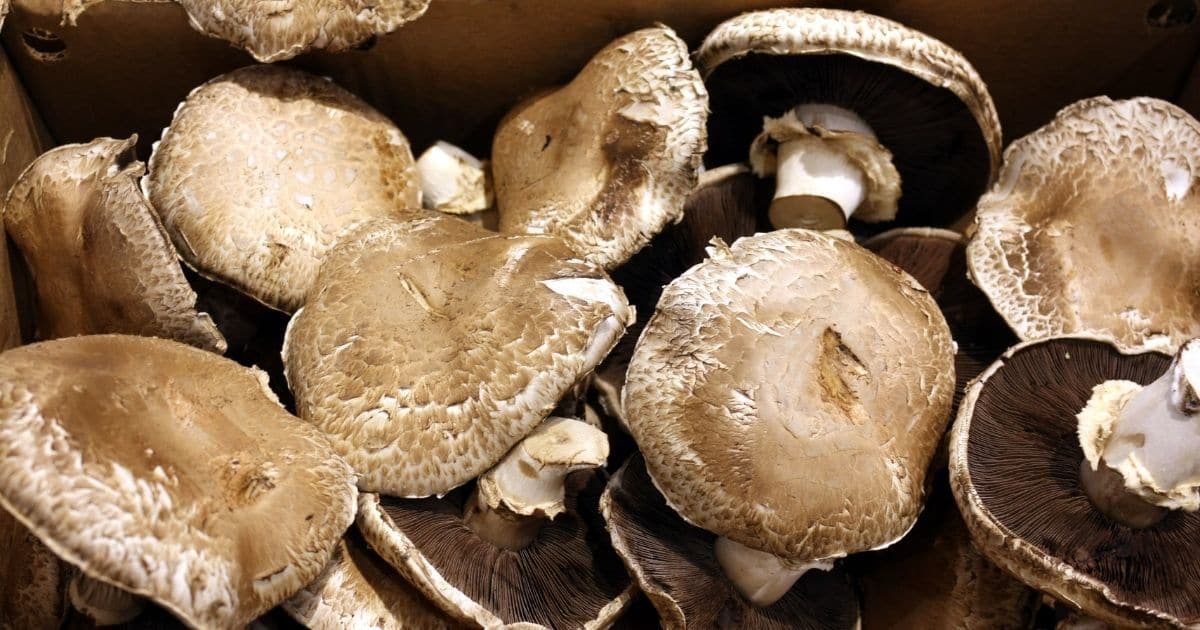
Yes, you can freeze large mushrooms. Large mushrooms can be frozen whole, as they are when bought/picked, or chopped into smaller pieces, before freezing. If you plan to use the mushrooms as sliced pieces in a particular dish after freezing, it is best to do the slicing before freezing.
If you are freezing whole, large mushrooms, trim off the stems. Cutting off the stalks eliminates any dried-out parts and makes it possible to lay your mushrooms flat while freezing.
You can also decide to cook large mushrooms before freezing to preserve the texture before you thaw them. You can steam, blanch, or sauté large mushrooms before freezing.
Can I Freeze Rehydrated Mushrooms?
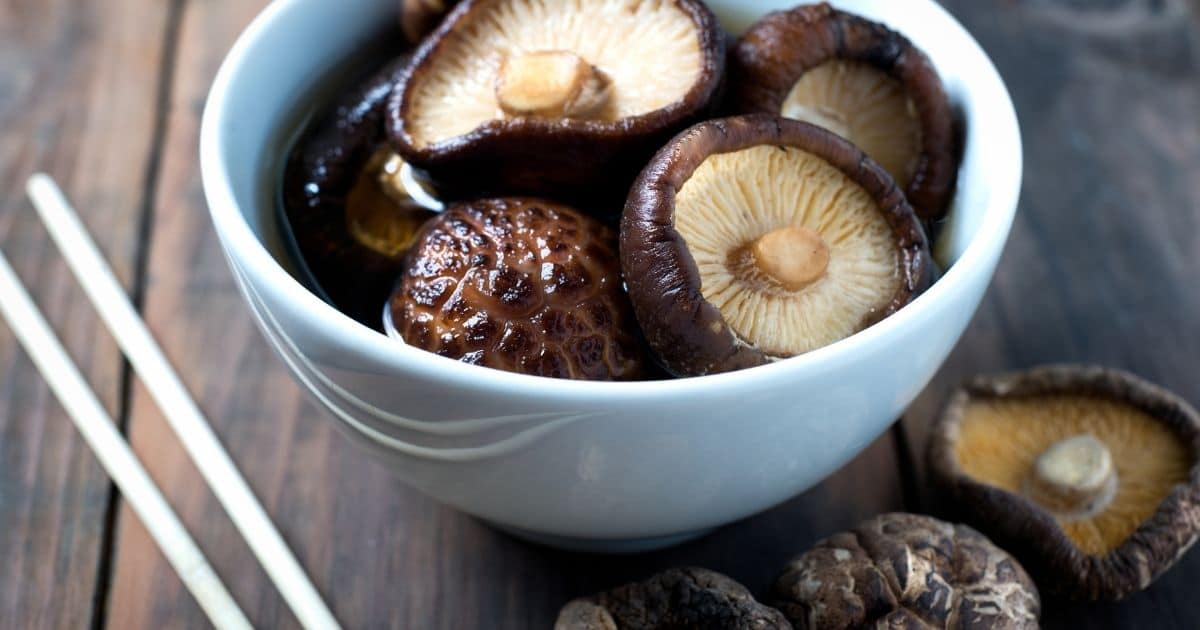
Yes, you can freeze rehydrated mushrooms. Rehydrated mushrooms are dried mushrooms that have been soaked in water to make them usable, soft, and free of any grit.
It can happen, on some occasions, that you may soak more dry mushrooms than you need. Do you discard them? No, you can freeze them, just like you freeze fresh and cooked mushrooms.
Strain the water from rehydrated mushrooms and try to get the water content out as much as possible. Divide them into small portions and store them in separate airtight plastic bags or freezer-safe bags. Put them in the freezer, and your rehydrated mushrooms will be just fine.
Can You Freeze Shimeji Mushrooms?
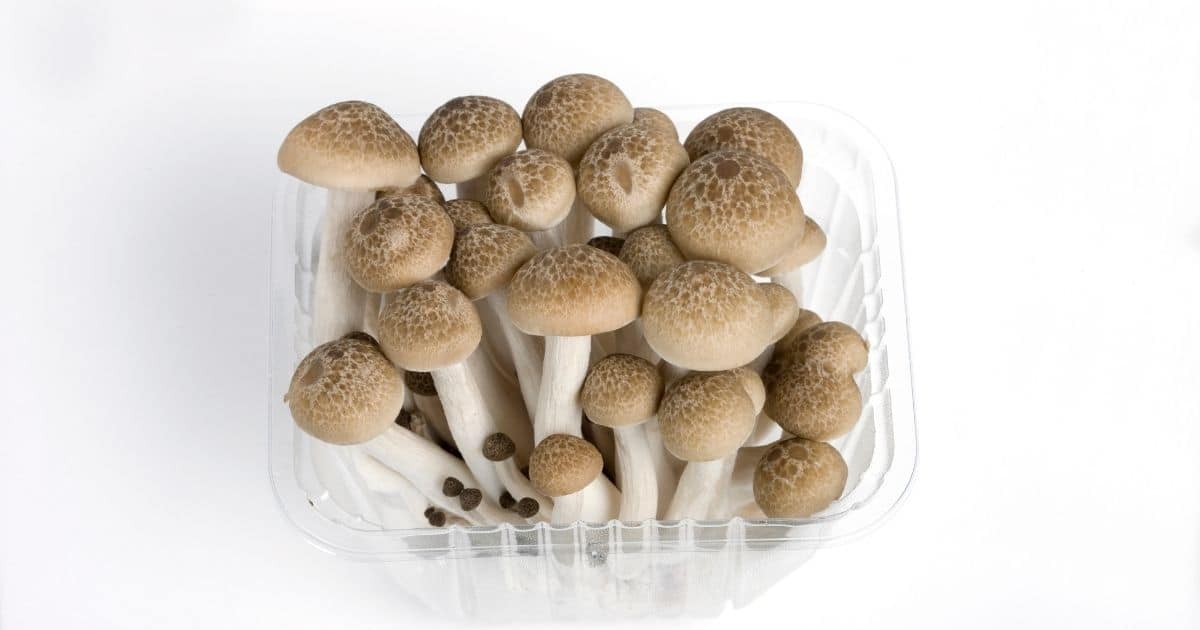
Yes, you can freeze shimeji mushrooms. Shimeji mushrooms are native to northern Europe and East Asia. They feature small, globular caps, long stems and are usually sold in clusters, in sealed bags.
Fresh shimeji mushrooms can be stored in the freezer directly in their store-bought freezer bags or transferred to an airtight freezer-safe bag before putting in the freezer.
To preserve texture, you may want to steam, blanch or sauté the mushrooms before freezing. Start by cutting off the cluster base and separate the mushroom stems with your hands. Brush off any dirt lightly, or wash them gently to get rid of any dirt.
Can You Freeze Baby Bella Mushrooms?
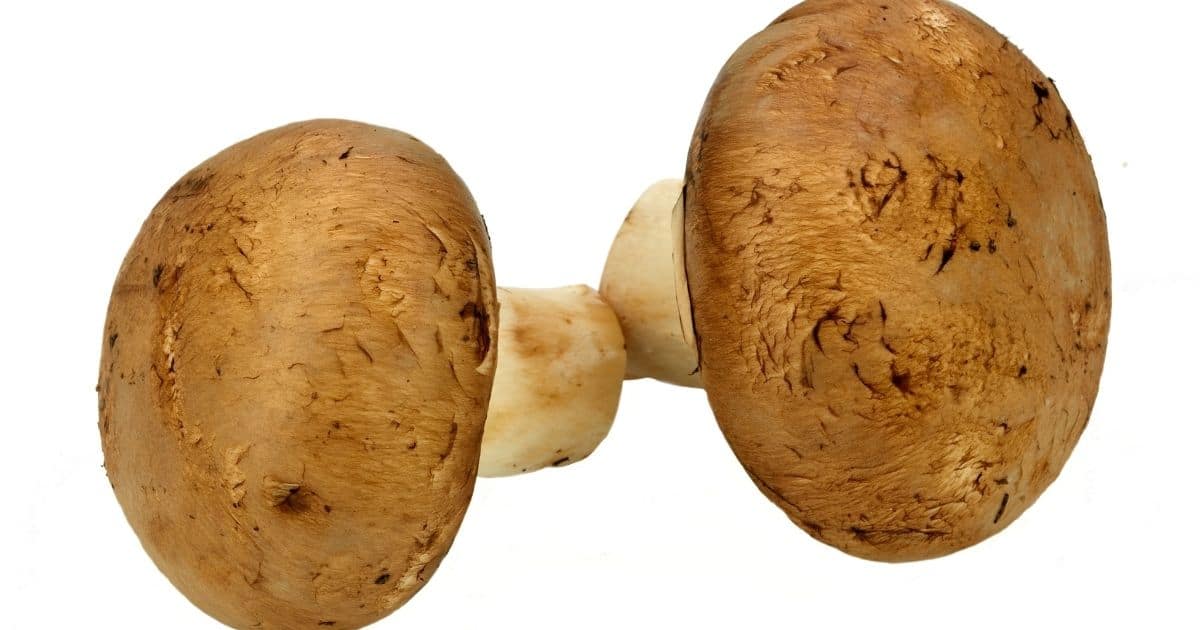
Yes, baby Bella mushrooms, like their mature Portobello counterparts, can be frozen. Portobellos sit confidently among the top mushrooms widely consumed all around the world.
Baby Bella mushrooms, like all other mushrooms, can be frozen as fresh or cooked mushrooms. Note that freezing new baby Bella mushrooms will lead to a change in their texture. The mushrooms will become mushy when thawed, as opposed to the firm texture associated with fresh mushrooms.
Cooking mushrooms, either by steaming, blanching, or sautéing before freezing, helps eliminate some of the water content, which helps preserve the texture when defrosted.
Are Mushrooms Good After Being Frozen?

Yes, mushrooms remain very useful and are still packed with all the essential beneficial nutrients after freezing. The only difference you would notice between a fresh frozen mushroom and a fresh mushroom is the texture change.
Most mushroom types contain water. As a result, the mushrooms feel soggy and mushy when defrosted after freezing. Hence, they are best for use in stews, casseroles, and sauces.
A great way to reduce the texture change is to put the mushrooms through some pre-freezing processes. These include steaming, blanching, and sautéing. These processes will help the mushrooms lose their water content and reduce the texture change considerably.
If freezing fresh, pre-freezing, or flash-freezing, the mushrooms in the freezer before transferring to airtight freezer bags and freezer safe containers also helps to preserve the texture to a large extent.
How Do You Store Mushrooms In The Freezer?

It is a fact that mushrooms can be frozen to preserve freshness and expand shelf-life. Before storing your mushrooms in the freezer, you need to ensure that they are still fresh and in their best condition.
- If you have a large volume of mushrooms, decide what you want to do with them first and then freeze the rest as soon as possible. While it is acceptable to freeze raw mushrooms, knowing that there will be a change in their texture makes it preferable to cook your mushrooms before freezing.
- Steaming, blanching, or sautéing mushrooms before freezing will help preserve the mushrooms’ texture and end any enzyme action. This will help to maintain the mushrooms’ quality.
- Raw mushrooms should be cleaned and stems trimmed off. Place the mushrooms on a cookie sheet or large plate and pre-freeze them for about 30 minutes, or until firm to the touch.
- Do not leave your mushrooms on the cookie sheet for too long or they may suffer from freezer burn.
- While freezer burn is not a health concern, it will compromise the taste of the mushrooms when defrosted.
- Once your mushrooms are firm to the touch, transfer them to freezer-safe bags, airtight containers, or air vacuumed bags. Ensure you get the air out from the bags as much as possible before placing them in the freezer.
- For pre-cooked mushrooms, they should also be placed on a cookie sheet or large plate without overlapping and frozen for about 30 minutes or until firm to the touch. This prevents the mushrooms from freezing in a lump and makes it easy for you to use preferred amounts of frozen mushrooms anytime they are needed.
- Once frozen, transfer the mushrooms to an airtight, plastic bag, freezer-safe container, or freezer-safe bag, making sure to get the air out as much as you can. Label the bags with the date of freezing to monitor the freeze date.
How Long Will Mushrooms Last In The Freezer?

Cooked mushrooms will last in the freezer for ten to twelve months and three to five days in the refrigerator.
If you leave your cooked mushrooms out for more than two hours, you will need to discard them because bacteria multiply at room temperature, making food unsafe.
Cooked frozen mushrooms that have been defrosted in the refrigerator can be stored for an extra three to four days in the fridge before cooking. If you thaw cooked mushrooms using cold water or a microwave, you should use the mushrooms immediately.
Uncooked mushrooms will last in the freezer for ten to twelve months and four to seven days in the refrigerator. You should immediately discard the mushrooms if you notice they feel unusually soft, slimy, discolored, or have a foul smell (Source: StillTasty.com).
How To Defrost Mushrooms?
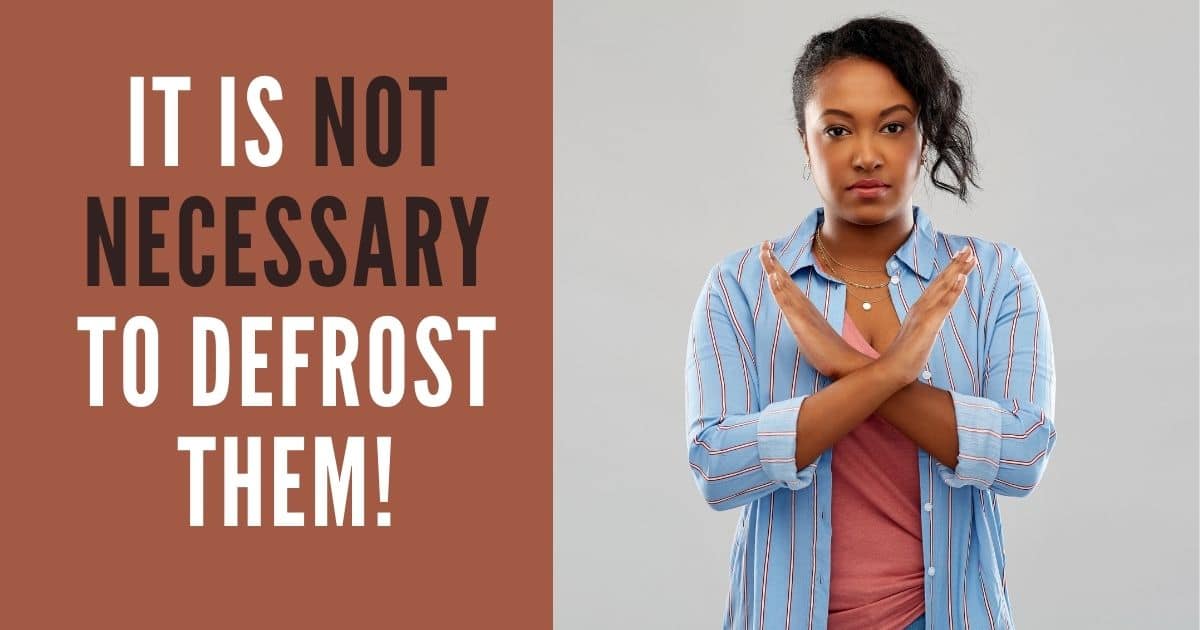
Freezing mushrooms will extend their shelf-life for as long as ten months. You need to defrost frozen mushrooms to use them in meals. However, unlike other frozen food items, mushrooms do not need any extra processes to be defrosted.
Frozen mushrooms are best used in dishes that will be cooked, like stews, casseroles, soups, and pizza toppings. Mushrooms can be added directly to your cooking without thawing.
For dishes that would not cook long enough for the frozen mushroom to be properly cooked, they can be thawed in the refrigerator overnight to soften and thoroughly defrost.
How To Cook Frozen Mushrooms?
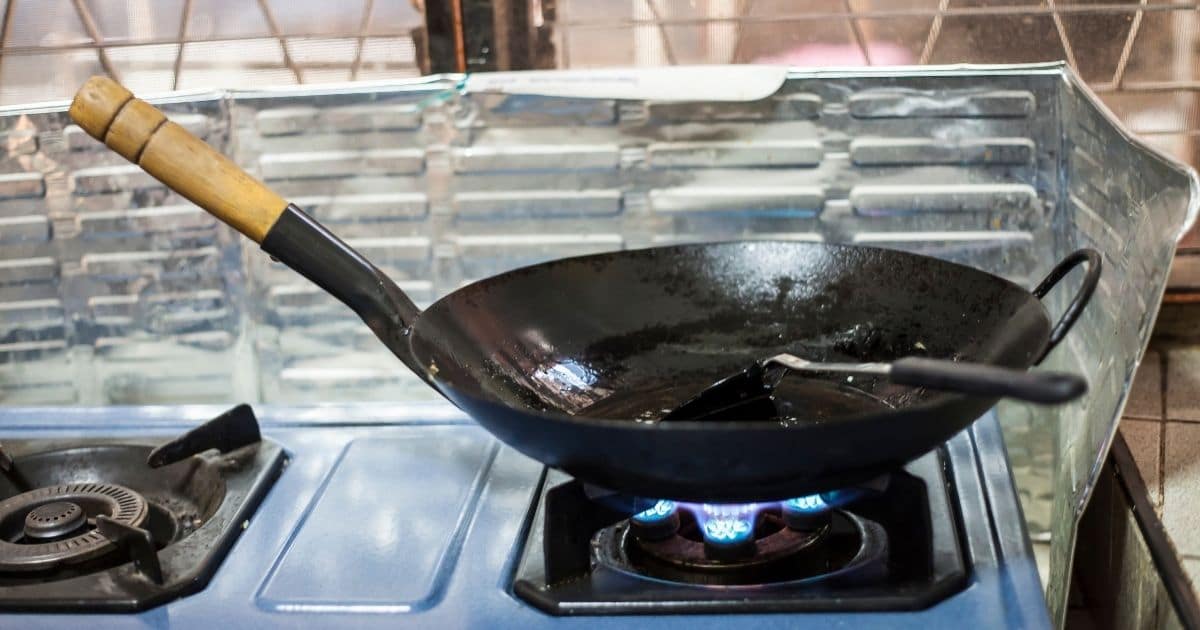
Frozen mushrooms do not need to be sautéd, baked, or microwaved. This is especially true if you pre-cooked your mushrooms before freezing. It is enough to add frozen mushrooms towards the end of your recipes and allow them to heat gently and gradually warm to the meal’s temperature.
Add frozen mushrooms straight into the warm broth if making a soup, add them to your crushed tomato for a spaghetti sauce, and reheat them for use as a side dish.
To reheat your frozen mushrooms:
- Turn on the cooker to medium heat and place a skillet on it.
- Add butter to the heated skillet and spread around the bottom by swirling the skillet. Cook until the butter stops foaming.
- Add the frozen mushrooms. You may want to use a splatter screen to prevent burns.
- Stir the mushrooms frequently till most of the water content evaporates.
- The mushrooms are ready when they become darkened, and there is no sign of moisture.
- Put on a serving platter or plate, garnish, and serve.
How Do You Use Frozen Mushrooms?
Frozen mushrooms can be used in stews, soups, casseroles, sauces, and stir-fries. You can also use frozen mushrooms in mushroom-specific recipes like mushroom risotto, mushroom stroganoff, and chicken tetrazzini. Here are a few of the recipes we have on hand that you’ll want to use your frozen mushrooms in:
- Tagliatelle ai Funghi Porcini: Fresh Mushroom Pasta
- Vegan Mushroom and Leek Quiche
- Mushroom Meatballs Recipe With Black Bean and Pasta
- Mushroom Ragout with Polenta and Dairy-Free Cream Sauce
- Creamy Mushroom Soup Recipe With Chicken
- Mushroom Ragu Recipe with Rigatoni Pasta
Other Related Questions
Do Mushrooms Freeze Well In Sauces?

Yes, mushrooms freeze well in sauces and soups but only freeze when the sauce is completely cool. Transfer the mushroom sauce or soup into a freezer-safe and airtight container and leave an extra inch of headspace to leave room for volume expansion.
Can You Freeze Creamy Mushrooms?
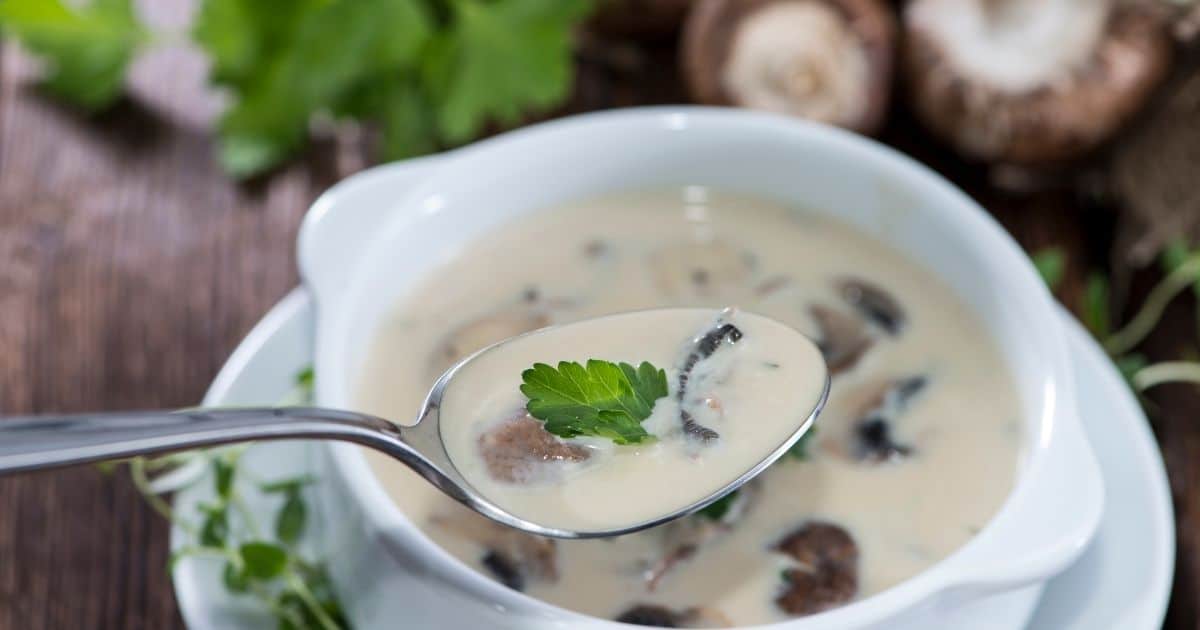
Yes, you can freeze creamy mushrooms, but the water content and fat in the cream may separate during freezing. After defrosting, a whisk can be used to get it back to its original consistency.
Can You Freeze Spaghetti Sauce With Mushrooms?

Yes, you can freeze spaghetti sauce with mushrooms. To freeze mushrooms in spaghetti sauce, leave the sauce to cool down completely. Then transfer to an airtight freezer-safe container and store in the freezer.
To defrost frozen mushroom spaghetti sauce, place in the refrigerator and allow to thaw overnight.
Can You Freeze Fried Mushrooms?
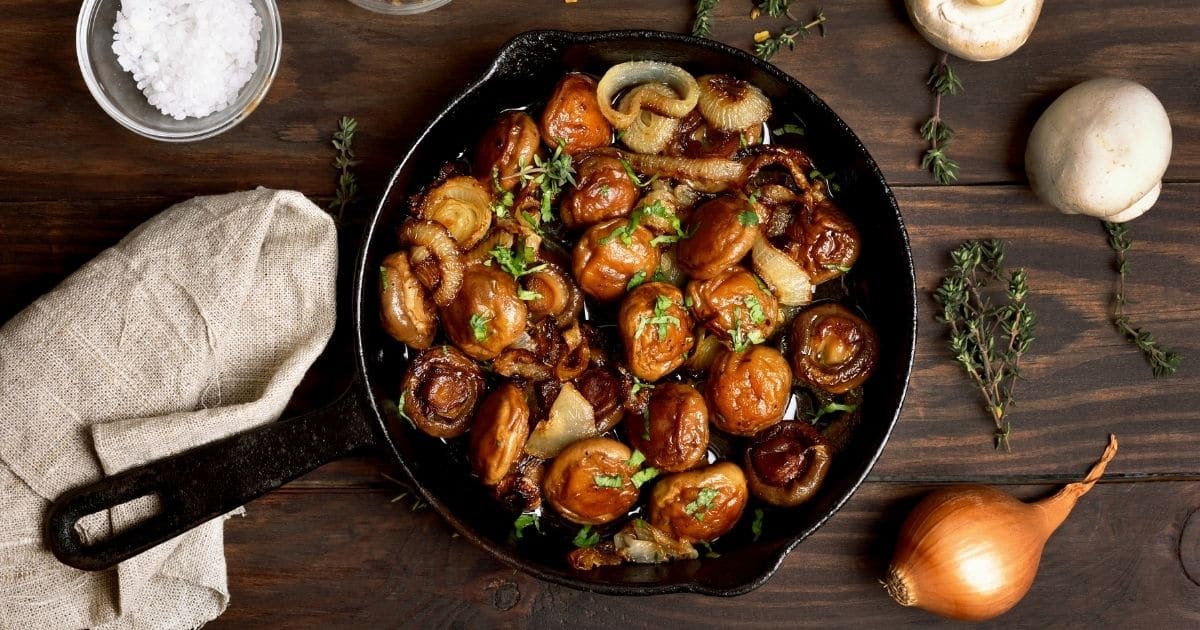
Yes, it is perfectly okay to freeze fried mushrooms. In this piece, we have discussed sautéing as one way to pre-cook mushrooms, to keep them firm and prevent changes in texture before freezing.
Conclusion
We love mushrooms; for the health benefits they provide and the great taste and flavor, they add to our meals. Freezing mushrooms helps to extend their shelf-life, so we can use them anytime we want to.
We have learned that raw mushrooms can be frozen from all the above information, but pre-cooking mushrooms before freezing help keep the mushrooms firm and prevent any texture changes. We have also covered how to freeze mushrooms properly, the pre-cooking processes, how to use frozen mushrooms, and many other mushroom freezing and thawing techniques.
Freezing mushrooms means we can have a steady supply of this low-calorie and healthy ‘oldest work of art’ to include in our meals or use as a side dish. You can now take advantage of that mushroom sale or stock up on your favorite mushroom type when they are in season.